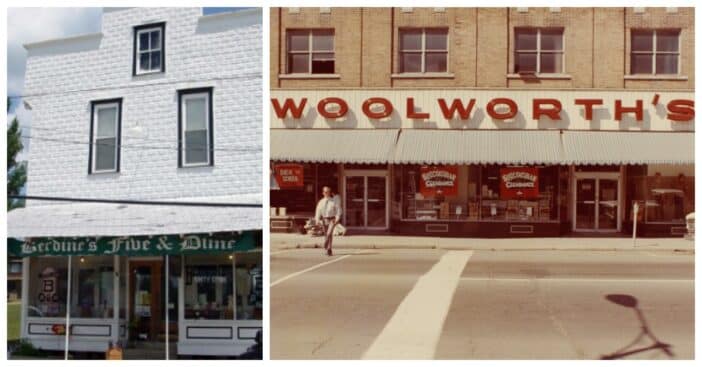
Five-and-dime stores were essential back in the day, providing U.S. residents in cities big and small with whatever they needed. There was the local Woolworths, Ben Franklin, Grants, and more, and it was not until Woolworths declared bankruptcy in the late ‘90s that dime stores became a pastime.
The five-and-dime store can be regarded as the former equivalent of today’s dollar stores. Like the long-gone five-and-dime, dollar stores provide items at a dollar or less. Here are some five-and-dime stores that thrived back in the day.
F.W. Woolworth Co.
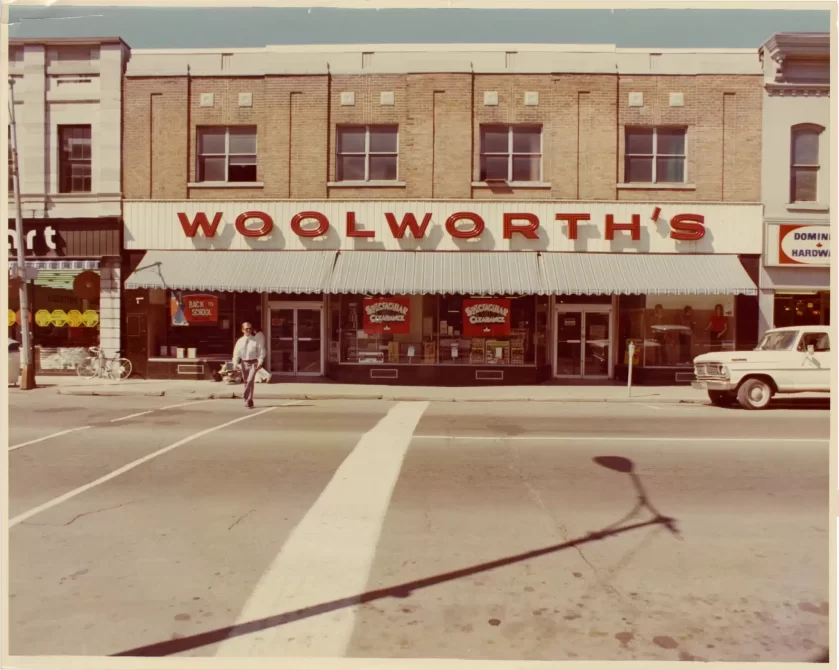
The first Woolworth store sprang up in 1879, after which Frank Woolworth inaugurated its headquarters in New York City in 1913. By the ‘80s, they already had over 2,000 outlets, however the retail chain’s fate would change in the next decade with only hundreds of stores left, which eventually shut down.
Butler Bros
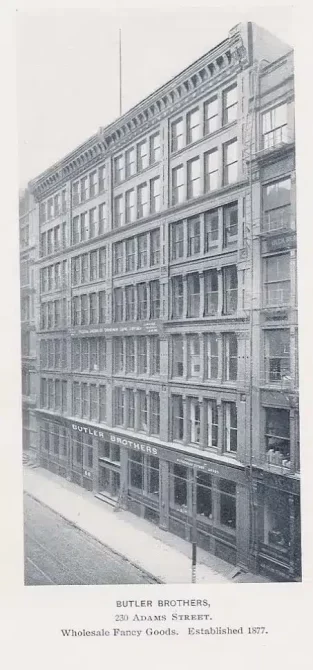
Brothers George and Edward Butler opened Butler Bros. in Boston in 1877 as a mail-order business until the 1920s. They grew to about 2,500 stores, until bankruptcy in 1996, when they had only 860 outlets remaining.
W. T Grant And Co.
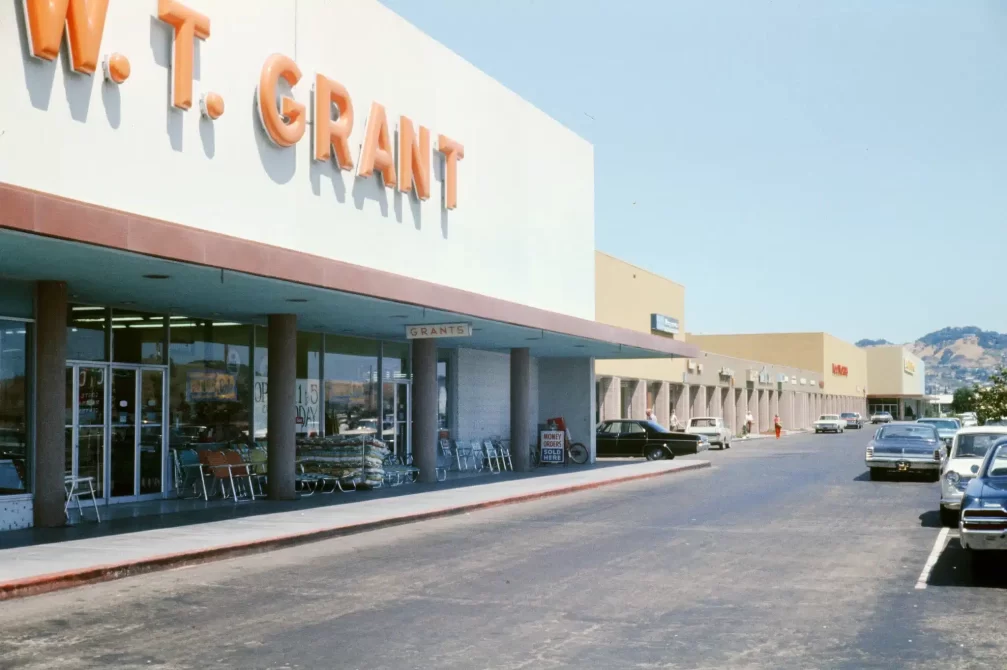
Unlike the classic five-and-dime store, Grant’s doubled down to being a 25-cent store. They had about a thousand outlets at their peak but crashed in the ‘70s, having the second-largest corporate bankruptcy so far. A few Grant locations are still standing, such as the Grand Lofts in Cleveland, Ohio.
Berdine’s
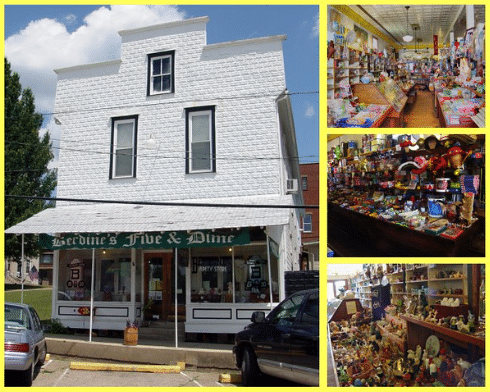
Berdine’s is not completely shut down, and the present structure opened in 1915, giving the store a reputation as America’s oldest five and dime. There, you can still find candy, glass marbles and other time capsules just like they were displayed back in its glory days.
S.H. Kress & Co.
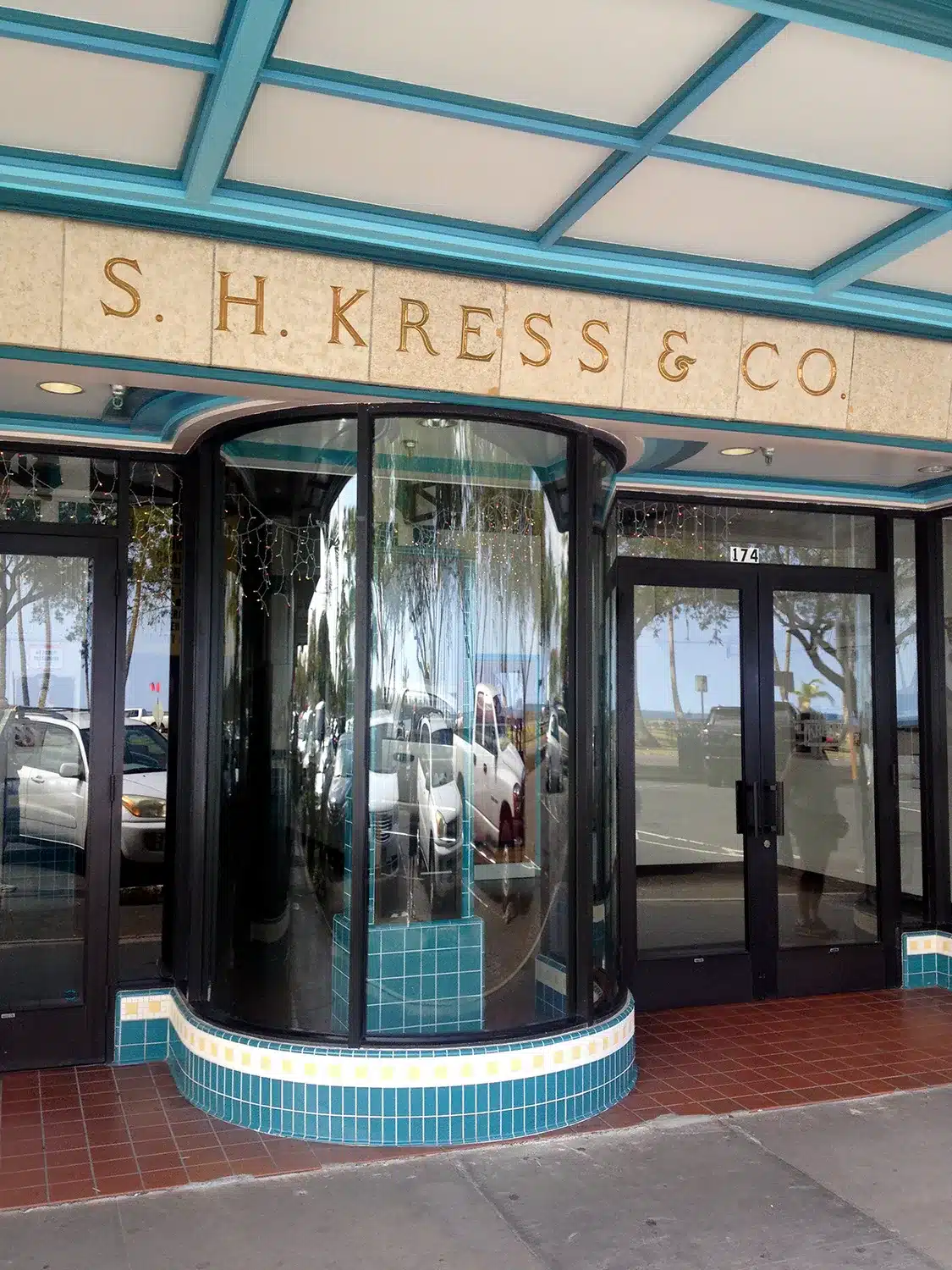
Kress & Co. stood out amongst other five and dime stores thanks to its unique architecture ranging from gothic to artsy to modern. Some structures are still standing in Asheville in North Carolina, Portland, Oregon, and Fort Worth, Texas, though activities closed down in the early 2000s.
The Original Ben Franklin stores
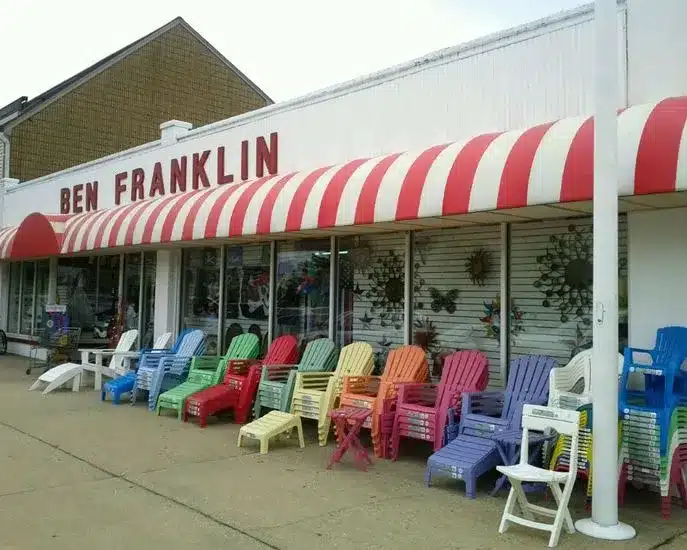
Ben Franklin stores were in nearly every city at their peak; however, after they declared bankruptcy in the ‘90s, their branches fizzled out in their numbers. There are still a few around the country, and their Facebook page is quite active.
